From Cave Paintings to Digital Installations: Exploring the Arts Continuum in Western Europe (Part I)
On a recent trip to Europe we explored an area in southern France loaded with prehistoric cave paintings before venturing into Spain to visit the Guggenheim Museum of Contemporary Art in Bilbao. In this two-part blog, I’ll share the unique experience of exploring art produced by equal talents at the opposite ends of time.
Dordogne’s Vézère Valley & Mankind’s Earliest Works
Some of the earliest known artwork created by man can be found in Dordogne’s Vézère Valley in southern France. These caves are about 2.5 hours east of Bordeaux. The drive between Bordeaux and this extraordinary valley is filled with gorgeous rolling hills, vineyards, orchards, impressive chateaus and quaint little towns. You can’t help but notice the atmosphere and light that gives the scenery a warm glow along the way. I’ve noticed this light on previous trips to France and imagine it is the same light that inspired the Impressionist painters…now back to the caves.
Coming around the curve into the Vézère Valley you are suddenly met with bluffs and large stone cliffs hanging out over the narrow curving road. The valley has a river running through the center, which attracts animals, and the cliffs provide natural protection. Because of this exceptional habitat, the Vézère Valley is an area that has been estimated to have been occupied continuously by man since 14,000 BC.
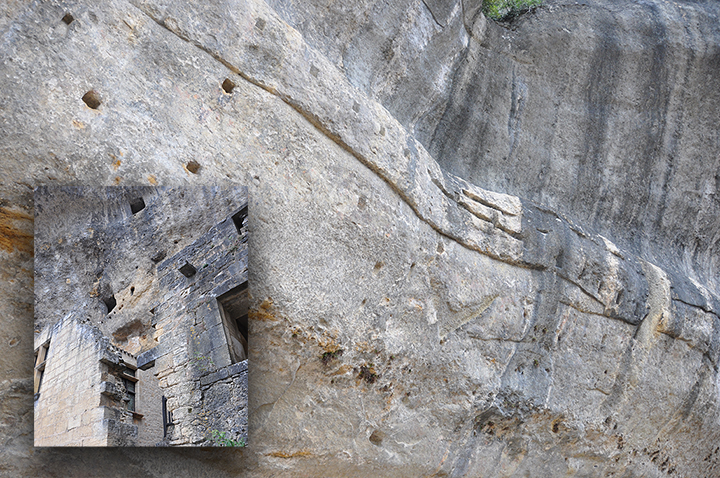
As the drive continues, it only becomes more beautiful. The observer will notice what appears to be doors and windows cut high up in the walls of the cliffs. The deeper into the valley you go the more frequent the openings appear with the additions of what seem to be notches and horizontal lines. I asked about these markings in the cliffs and was told that they are remnants of life in the Middle Ages. The notches were beam holders, and the lines were cut to function as guttering systems above the rooflines.
The Prehistoric Beauty of the Lascaux Cave Paintings
While the Lascaux cave paintings are the most famous in the world, it is no longer possible to see the actual handiwork of these Ice Age artists. The Lascaux cave became a popular tourist site after World War II. It had to be sealed off to the public in 1963 because visitors created carbon dioxide and humidity that would damage the paintings. For that reason, in addition to Lascaux, we also chose to visit the smaller cave sites where authentic paintings and etchings are still accessible to see first hand. Seeing original art and not reproductions is important to me because I believe as artists we impart our personal energy on to our canvases…. and in this case on to the cave walls. Experiencing the energy of my prehistoric foremothers was awe-inspiring!
Grotte de Font-de-Gaume
Grotte de Font-de-Gaume is the only cave in France with original colored paintings that can still be seen by the public. The paintings were done using pulverized iron oxide (red), manganese (black) and ochre (yellow) mixed with animal fats as an art medium. Because the animal fat was used in this cave, carbon dating could be done to estimate the age of the artwork at 14,000 years old. The paintings in the Lascaux caves were done with these same minerals, but water must have been used as the art medium so carbon dating could not be done. For this reason the exact time they were created cannot be determined, but it is guessed that the Lascaux artwork is 15,000-20,000 years old.
The color was preserved in Font-de-Gaume because it was higher in elevation and clear calcite washed over the art to act as a natural varnish. The most striking thing to me about the paintings, beyond the distinctive style of the animals, was the large scale. Some animals were 5’ to 6’ wide by 4’ to 5’ high. Before this trip my impression of cave paintings was that they were small and primarily used as tools for communication. In reality, these were large stylized murals with shading, three dimensional form, and sometimes very complex compositions.
Grotte des Combarelles
The artwork in Grotte des Combarelles had also been painted at one time, but now all that is visible are the etchings and outlines of animals and people. Because of the lower elevation of this cave, the fats and minerals used as medium in the art have since dissolved. But in this cave, since stones were used to carve amazing detail and dimension into the forms, the artist’s handiwork is still visible. There are over 800 decorations on the walls that include wooly mammoth, reindeer, human form, bison, rhinosaurus, horse and a most spectacular lioness. Grotte des Combarelles and the Grotte de Font-de-Gaume are both listed as UNESCO world heritage sites and accept very few visitors per day. In fact, our tours had 8 in one and just my husband and myself in the other.
It was explained that these prehistoric creators were part scientist, part spiritual leader and part artist. It is thought that only these artists were allowed deep into the caves that were considered sacred spaces. Lives were otherwise lived in the opening of the caves and never back where the paintings were done.
Artist Impressions on the Vézère Valley Cave Paintings
My goal as an artist is to leave a mark…leave something behind…leave energy that lives on past my lifetime. My guess is that the cave artists were also giving back and communicating their life experiences through their expressions in art. I’m sure they could not fathom that, by the grace of natural preservation, their work would continue to give back 14,000 years later.

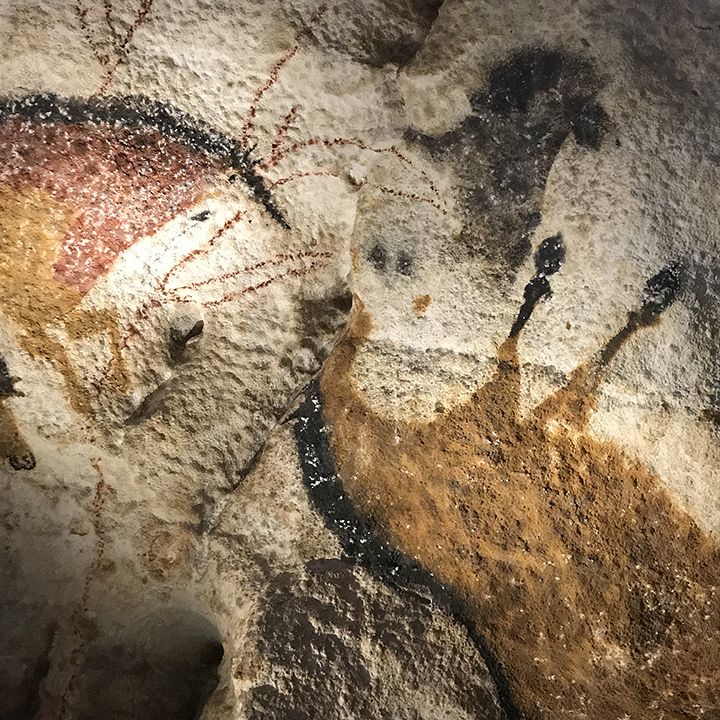
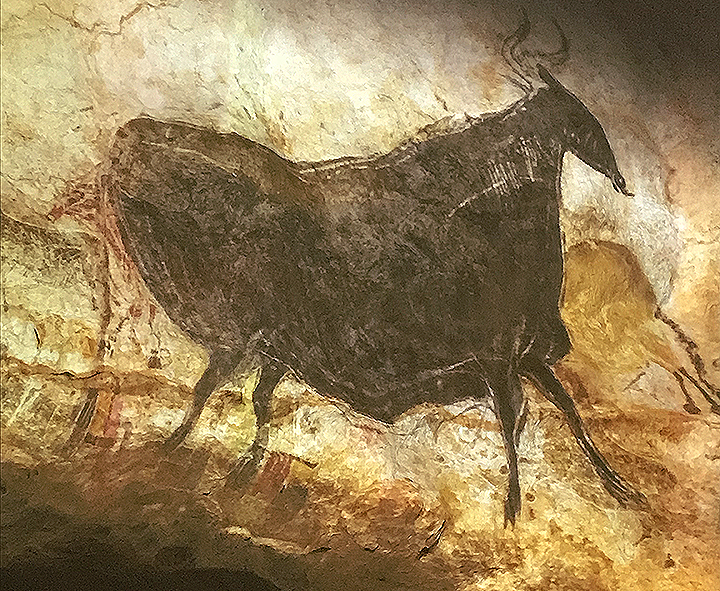

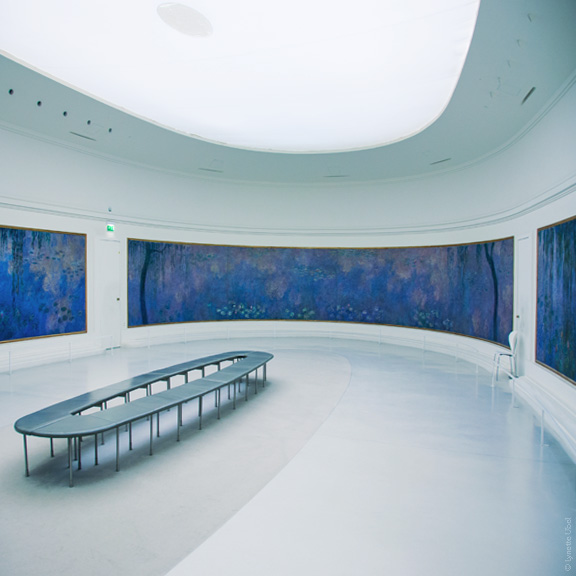
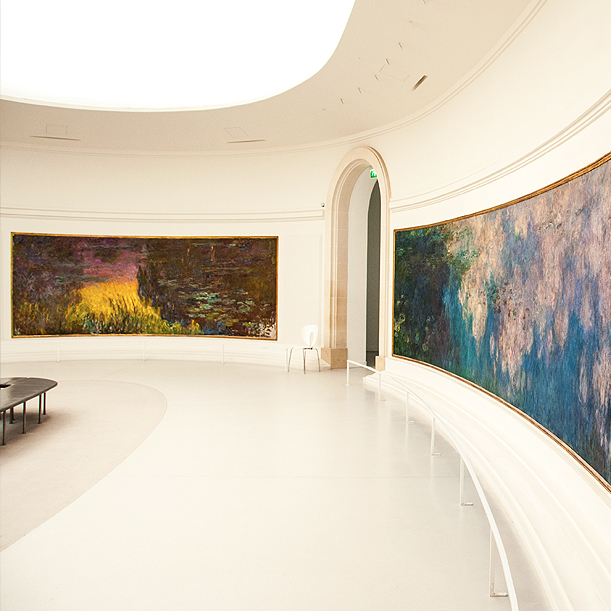
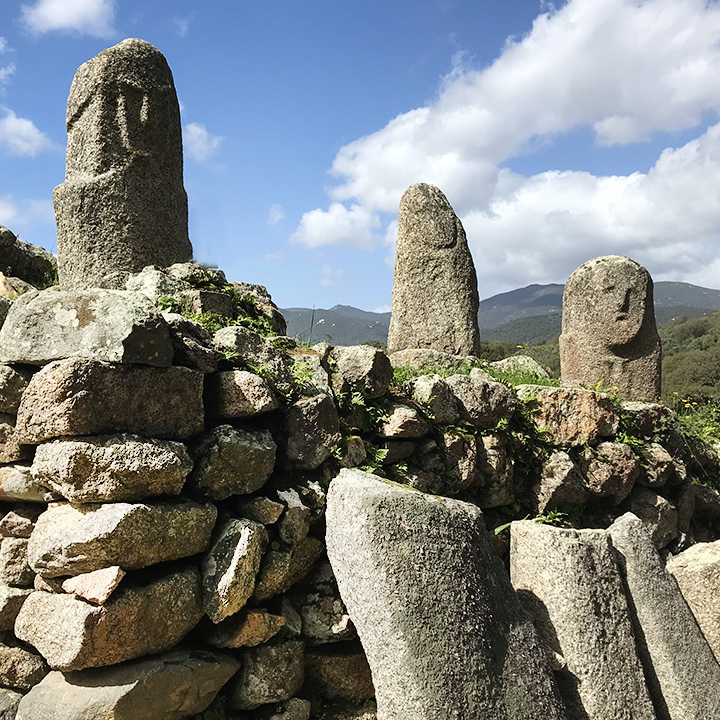
This Post Has 0 Comments